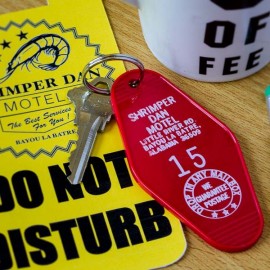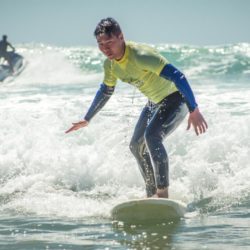
The story starts in 1915 at Freshwater Beach when Duke Kahanamoku delivered his much mythologised surf demonstration, to the delight of the big crowd that had gathered. “It was unreal, I’d be thinking, “I can’t believe I’m sitting here on the phone to Simon Anderson chatting about 1997,” he said. And getting the chance to chat to Ted Spencer, who no one had really spoken to for 40 years. “Getting the chance to chat to Phyllis O’Donnell, who I had never really hung around before, was amazing. The beauty of picking one important year is that they tended to remember it, in pretty vivid details.”ĭoherty said the opportunity to talk to surfing luminaries turned him “into a grom again”. “Some of the crew have steel trap memories and remember everything and for other people the years have all blended together. You get a sense of who they were, so in a sense it works as an autobiography, but at the same time, like Claw Warbrick’s, set in Torquay, you get a sense of the time,” “I thought rather than do their whole life, I’d pick a year from their life. People like Bob McTavish, Wayne Lynch, Nat Young, Layne Beachley, Phyllis O’Donnell and Joel Parkinson candidly reveal tantalising slices of Australian surfing’s biggest moments.Īccording to Doherty, focusing on a year in the life of one our great surfers, rather than their whole life elevated and accentuated those big moments. Doherty tells the story of Australian surfing one year at a time, through the lives of our greatest surfers.Īnd there are some big names. Golden Daze, his most ambitious book yet is essential reading for surfers young, old and aspiring. Surfing World will continue as a quarterly in print and continue to build its online presence. He brought a magazine to rescue it from becoming another casualty of new media. Unlike the rest of the surfing community, Doherty didn’t enter a brief period of public mourning via an Instagram post. Like the rest of the surfing community, Doherty despaired when the longest running surfing magazine, USA’s Surfer Magazine closed its doors this year in a Roman Empire sized collapse. He wrote an extensive Australian surfing anthology called Golden Daze and he bought Australia’s oldest and now longest running surf publication, Surfing World Magazine. His prolific writing across major surfing publications across the globe, alongside biographic books on surfing’s outsiders and more recently, his activism protecting the natural environment from development and destruction, have seen him double stitched into the fabric of Australian surf culture.ĭoherty has also now done a couple more things to strengthen that claim. I guess I’m a more rugged shaper because I only use about five,” Pyzel laughs.Writer, activist and surfer Sean Doherty is as iconic as the surfers he has spent years writing about. Some of these gadgets, you can make yourself. There are some suppliers that sell board building tools and materials, but according to Pyzel, you can get most everything you need from your local hardware store. We didn’t get into glassing because, well that gets complicated, but it turns out you don’t need a whole hell of a lot to simply shape up some foam.

Today, he’s among the world’s most noted shapers. Pyzel moved from Santa Barbara to the North Shore in the early 90s and began working in board factories, eventually starting his own label and having the good business sense in 1998 to make boards for a skinny six-year-old kid who would one day morph into a World Champ.

Shaping a fat fish or something that gets waves, you really can’t screw it up.”

“Most people aren’t making high-performance shortboards right out of the gate,” says shaper Jon Pyzel, “They’re getting into shaping by making fun, funky things, and for the most part, they all work. We recently tracked down shaper Jon Pyzel to get an idea of the essential instruments one would need in order to turn a blank into a board. If you’ve been harboring the romantic notion of riding your own boards and are interested in dipping your toe into the realm of shaping, you’d be wise to start by gathering some tools.
Imagine doing a stylish mid-faced turn or making an impossibly fast section on a sled with your own signature on the stringer. For a lot of salts, going deep into the garage and emerging with something that may or may not resemble a surfboard is a bucket lister of the surf experience. DIY board-building is one of the most time-honored and creative aspects of surf culture.


 0 kommentar(er)
0 kommentar(er)
